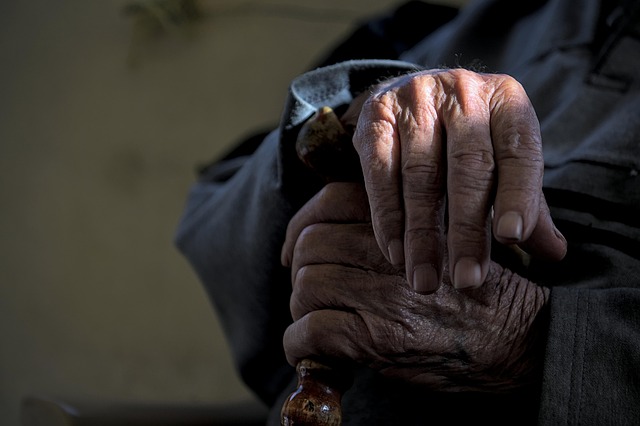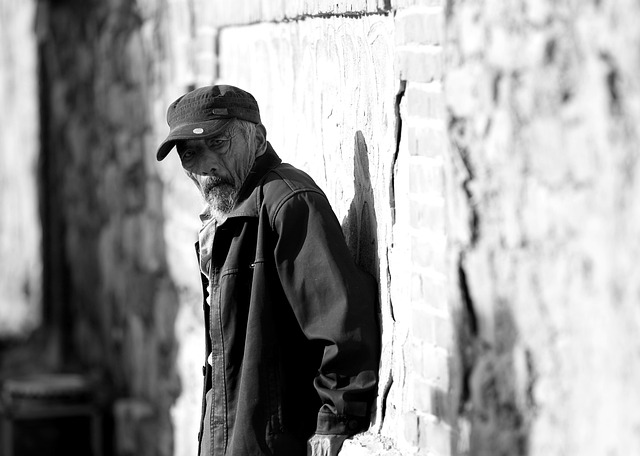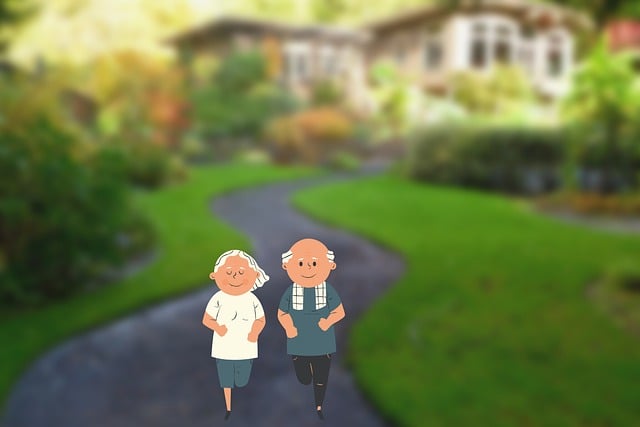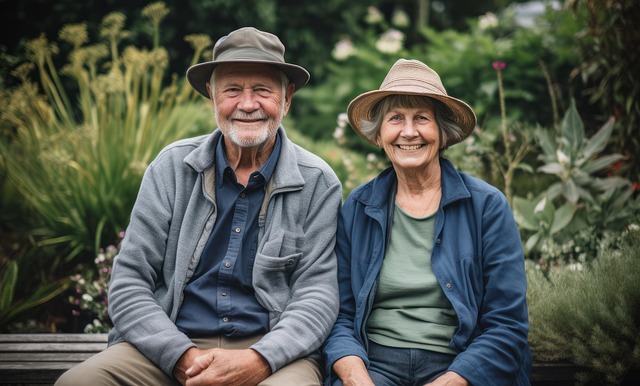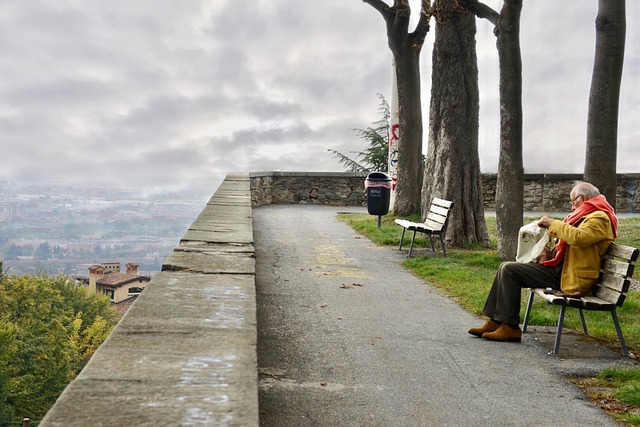In today's real estate market, catering to an aging demographic is a game-changer. Developers must design homes with improved accessibility and comfort, incorporating features like ramps, wider doorways, grab bars, and smart home technology to support seniors' mobility and independence. Additionally, fostering community engagement through designed spaces, events, and tailored activities can combat loneliness and boost satisfaction among aging residents.
In an aging population, understanding the unique needs of elderly residents is crucial for the real estate industry. This article explores strategies to cater to this demographic shift. We delve into the importance of adapting properties with a focus on comfort and accessibility, considering physical limitations. Additionally, it highlights the role of community engagement in fostering social connections and emotional well-being among elderly homeowners. By implementing these approaches, real estate professionals can create inclusive environments tailored to the changing needs of aging residents.
Understanding the Changing Demographic: Why Aging Residents Matter in Real Estate
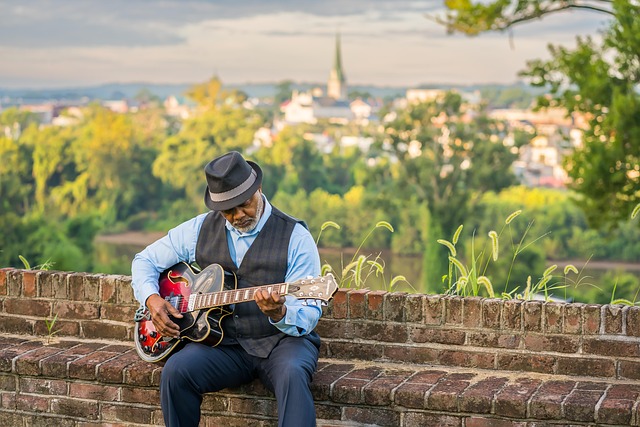
In today’s evolving landscape, understanding the changing demographic is crucial for the real estate sector. As the population ages, it’s essential to recognize that senior citizens have distinct needs and preferences when it comes to housing. This shifting trend demands a strategic shift in real estate practices to cater to this growing segment of society. By adapting to these changes, developers and investors can ensure their properties remain relevant and attractive to aging residents.
Aging residents bring unique considerations into the real estate market. Their choices often lean towards communities that offer accessibility, security, and convenient amenities. Real estate professionals must embrace this shift by designing and developing properties that cater to mobility issues, provide easy access to essential services, and incorporate modern conveniences tailored for an aging population. This could include features such as ramps instead of stairs, wider doorways, grab bars in bathrooms, and well-lit common areas. Additionally, incorporating technology like smart home systems can enhance their quality of life and independence.
Designing Spaces for Comfort and Accessibility: Accommodating Physical Changes

In the realm of real estate, catering to the needs of an aging population is a game-changer. Designing spaces that prioritize comfort and accessibility is essential to accommodate the physical changes that come with age. As folks navigate their later years, they often require environments that support their changing mobility, strength, and sensory capabilities.
This involves creating homes and public spaces with wider doorways, seamless transitions between rooms, and level entry access to reduce obstacles and fall risks. Incorporating features like grab bars in bathrooms, non-slip flooring, raised electrical outlets, and easy-to-use appliances ensures a safer and more comfortable living environment for seniors. Such thoughtful design choices not only enhance quality of life but also enable aging residents to maintain their independence for as long as possible.
Fostering Community Engagement: Addressing Social and Emotional Needs of Elderly Homeowners

In today’s digital era, fostering community engagement is more vital than ever, especially within real estate developments catering to aging residents. The social and emotional well-being of elderly homeowners should be a key focus for developers and property managers. By creating spaces and opportunities that encourage interaction and connection, these communities can combat feelings of isolation and loneliness, which are significant concerns among the older population. Regular social events, community gardens, and shared amenity areas designed with comfort and accessibility in mind can all contribute to a vibrant atmosphere.
Engaging seniors through organized activities tailored to their interests and abilities fosters a sense of belonging and purpose. This might include hobby groups, fitness classes suitable for all levels, or even intergenerational programs that connect younger residents with the wisdom and experiences of their elders. Such initiatives not only address the social needs of elderly homeowners but also enhance overall community satisfaction and retention within the development.
